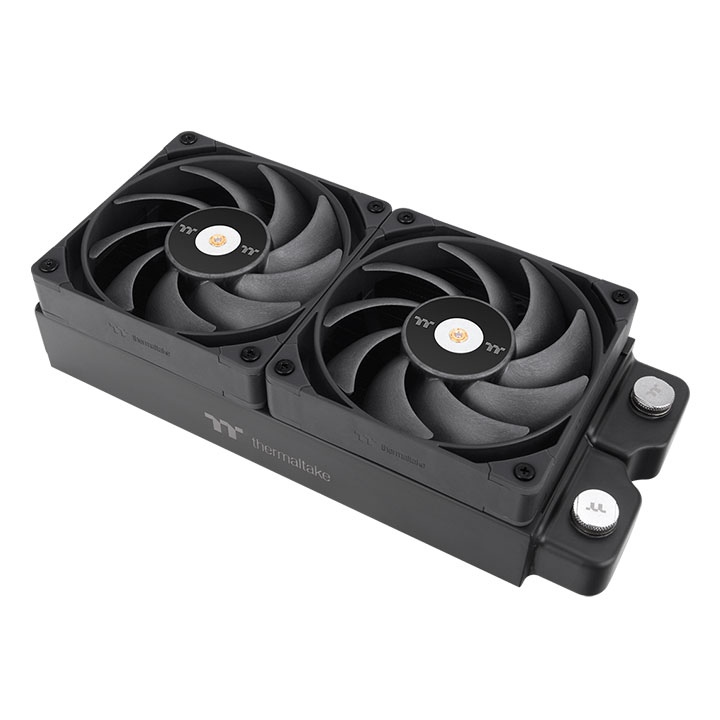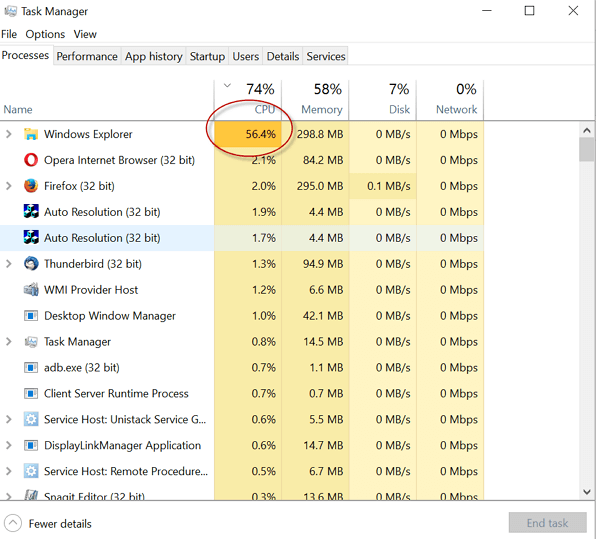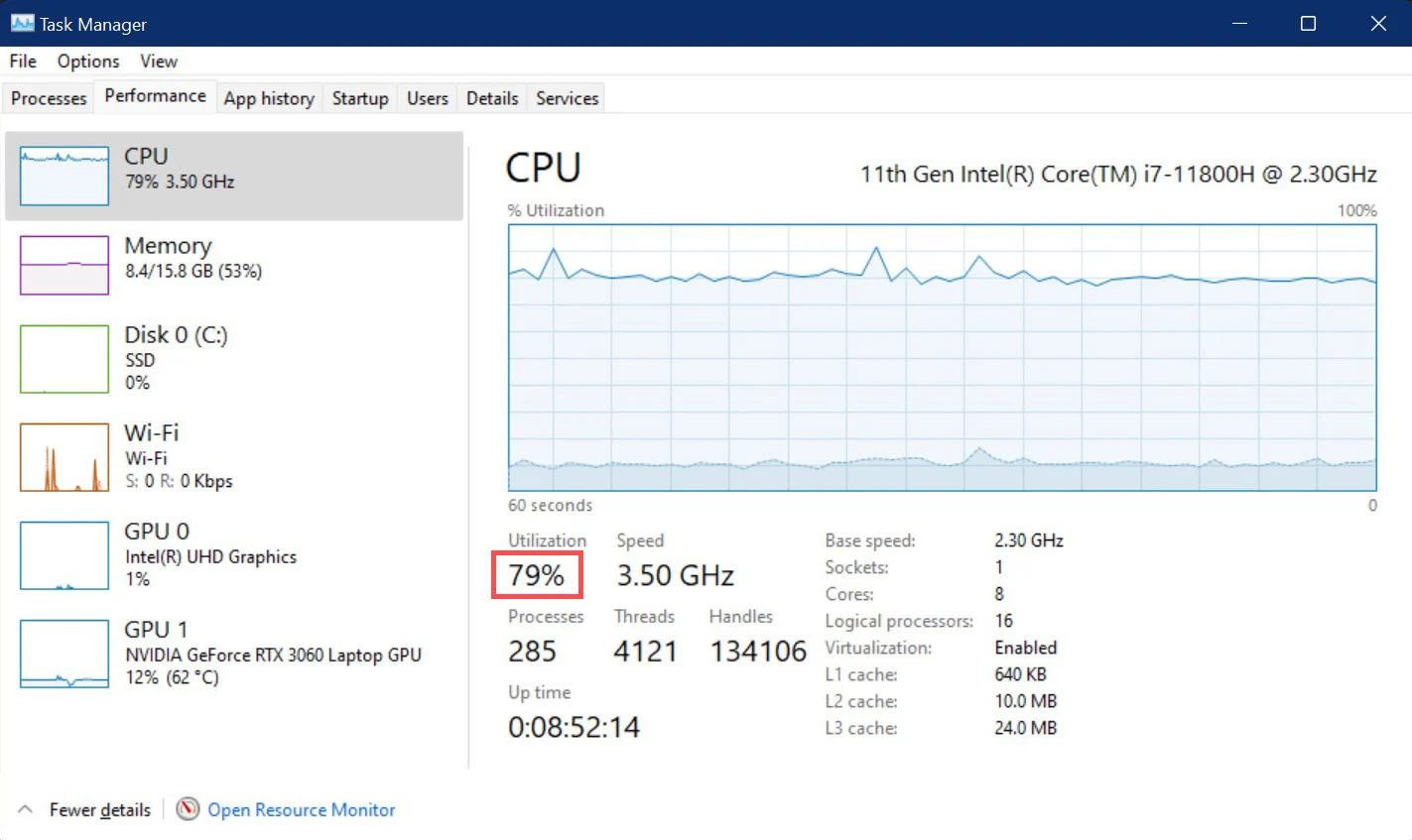
Here are some effective methods to reduce the temperature of your CPU and overall system:
- Clean your PC and ensure proper airflow: Regularly clean the components of your PC and make sure there is adequate airflow within the system. This can help in lowering the CPU temperature.
- Consider replacing thermal paste: If the loud fans are still causing annoyance, you might want to think about replacing the thermal paste on your CPU. This can help improve heat dissipation.
- Disable CPU overclocking and undervolt: Disabling any CPU overclocking and opting for undervolting can be highly effective in reducing the temperature of your CPU.
- Upgrade cooling for extreme cases: In situations where the CPU is overheating to the point of thermal throttling, it’s advisable to upgrade the cooling system of your PC for better heat management.

Lower/Limit CPU Usage
Additionally, here are some measures to lower CPU usage:
- Terminate unresponsive programs and scan for malware: If certain programs are causing high CPU utilization, you can use the Task Manager to terminate them and perform a malware scan to eliminate any potential threats.
- Set a limit on CPU usage: In cases where a CPU-intensive program is causing high CPU usage or on laptops where excessive CPU usage leads to overheating, you can set a hard limit on CPU usage.
To set a limit on CPU usage:
- Press Win + R and enter powercfg.cpl.
- Click on “Change plan settings” and then “Change advanced power settings.”
- Expand “Processor Power Management.”
- Set the Maximum Processor State to 99% and click Apply.
By following these methods, you can effectively lower the temperature of your CPU and manage CPU usage more efficiently.
Setting the Maximum Processor State to 99% will disable the turbo/boost mode for your CPU. As an example, if you have a Ryzen 5600, it will be limited to its base clock of 3.5GHz instead of reaching its boost clock of 4.4GHz.
This limitation can result in a noticeable decrease in temperature, typically around 10-15°C. However, it does come at the cost of lower performance.
The impact on performance may vary depending on the specific application or game. Some games might only see a slight difference of 1-2 frames per second, while other programs could be more significantly affected. To determine whether this solution is suitable for you, it is recommended to try it out and assess the trade-off between temperature reduction and performance impact.
Remove Overclock / Undervolt CPU
If you have overclocked your CPU, it’s important to note that overclocking increases clock speeds by raising voltages, which in turn leads to higher temperatures. To address high temperatures, you should start by reducing or completely removing the overclock.
If disabling the overclock doesn’t sufficiently lower the temperatures, you can explore undervolting your CPU. Undervolting involves finding the lowest stable voltage for your CPU without sacrificing performance.
In a personal example, I experimented with AMD’s Precision Boost Overdrive (PBO) and curve optimizer to undervolt my own CPU, and the results were remarkable. During demanding tasks such as Prime95 torture tests and intensive gaming, the peak CPU temperature dropped from 85°C to under 70°C. The most significant advantage was that this substantial temperature reduction did not negatively impact CPU performance.
Based on my experience, I highly recommend undervolting as an effective method to lower CPU temperatures while maintaining optimal performance.

Optimize the Airflow
The airflow within your PC directly affects its overall temperature, which in turn impacts the CPU temperature. Here are some guidelines to optimize airflow for both laptops and desktops:
For Laptops:
- Avoid placing your laptop on dust-prone surfaces like beds or pillows.
- Ideally, use a laptop cooling pad to enhance airflow underneath the laptop.
- Occasionally clean the vents to prevent them from getting clogged.
For Desktops:
- Ensure that the desktop case is not located in an enclosed space where airflow is significantly restricted.
- Make sure you have an adequate number of case fans based on the form factor of your case. For example, ATX cases typically benefit from having 3-6 fans.
- Position the case fans correctly to ensure they intake cool air from the front or bottom and exhaust hot air from the back or top of the case.
- Opening the side cover of the case can generally help lower temperatures, but this may not always be practical due to factors such as dust accumulation and room temperature.
- Pay attention to cable management. If the cables are excessively messy and obstructing airflow, take the time to tidy them up.
By following these airflow optimization guidelines, you can help maintain lower temperatures within your PC, including the CPU, for both laptops and desktops.
Clean the CPU & Replace Thermal Paste
Over time, thermal paste can dry out, leading to the formation of microscopic air pockets between the cooler’s heatsink and the CPU’s Integrated Heat Spreader (IHS). This significantly reduces the heat dissipation capacity. The presence of accumulated dust in CPU coolers can further worsen this insulation effect.
To address these issues and improve CPU temperature, it is recommended to clean the CPU and cooler and replace the thermal paste. Here’s a summary of the process:
For Air Coolers:
- Unlock the cooler from the motherboard.
- Detach the fan from the heatsink and clean them separately.
- Clean the old thermal paste off the CPU and apply a new layer.
For Custom Loop Liquid Coolers:
- Clean various components such as the loop, radiator, and water block.
- Ensure thorough cleaning of the system.
- Clean the old thermal paste off the CPU and reapply a new layer.
For All-in-One (AIO) Liquid Coolers:
- AIO coolers generally shouldn’t be opened, so disassembly options may be limited.
- Clean the radiator and fans.
- Clean the old thermal paste off the CPU and reapply a new layer.
The same advice applies to laptops as well. Regularly cleaning the fans and reapplying thermal paste at appropriate intervals can help lower the CPU temperature.
By following these steps, you can significantly improve the cooling performance of your CPU, whether it’s in a desktop or laptop configuration.

Upgrade the Cooler / Fans
If the GPU and motherboard sensors are also indicating high temperatures, adding more case fans or upgrading the existing ones can be an effective solution.
However, if the CPU is the only component experiencing overheating, especially in cases of overclocking or high-end CPUs, upgrading the CPU cooler is usually the recommended course of action. Stock coolers often have limitations in terms of cooling capacity.
Here are some options to consider when upgrading the CPU cooler:
- Budget aftermarket air coolers: These coolers offer a good balance between price and performance, providing a cost-effective solution.
- High-end air coolers or mid-range All-in-One (AIO) liquid coolers: These options offer excellent cooling capabilities and can be suitable for those willing to invest a bit more.
- Custom loops: If you’re willing to splurge, custom loops provide the ultimate cooling performance for not only the CPU but also other components.
Each of these options varies in terms of cooling efficiency and cost, so you can choose based on your budget and specific cooling requirements.
Ultimately, upgrading the CPU cooler can be a significant step in improving the cooling performance of your system, especially when the CPU is the primary component experiencing overheating.


